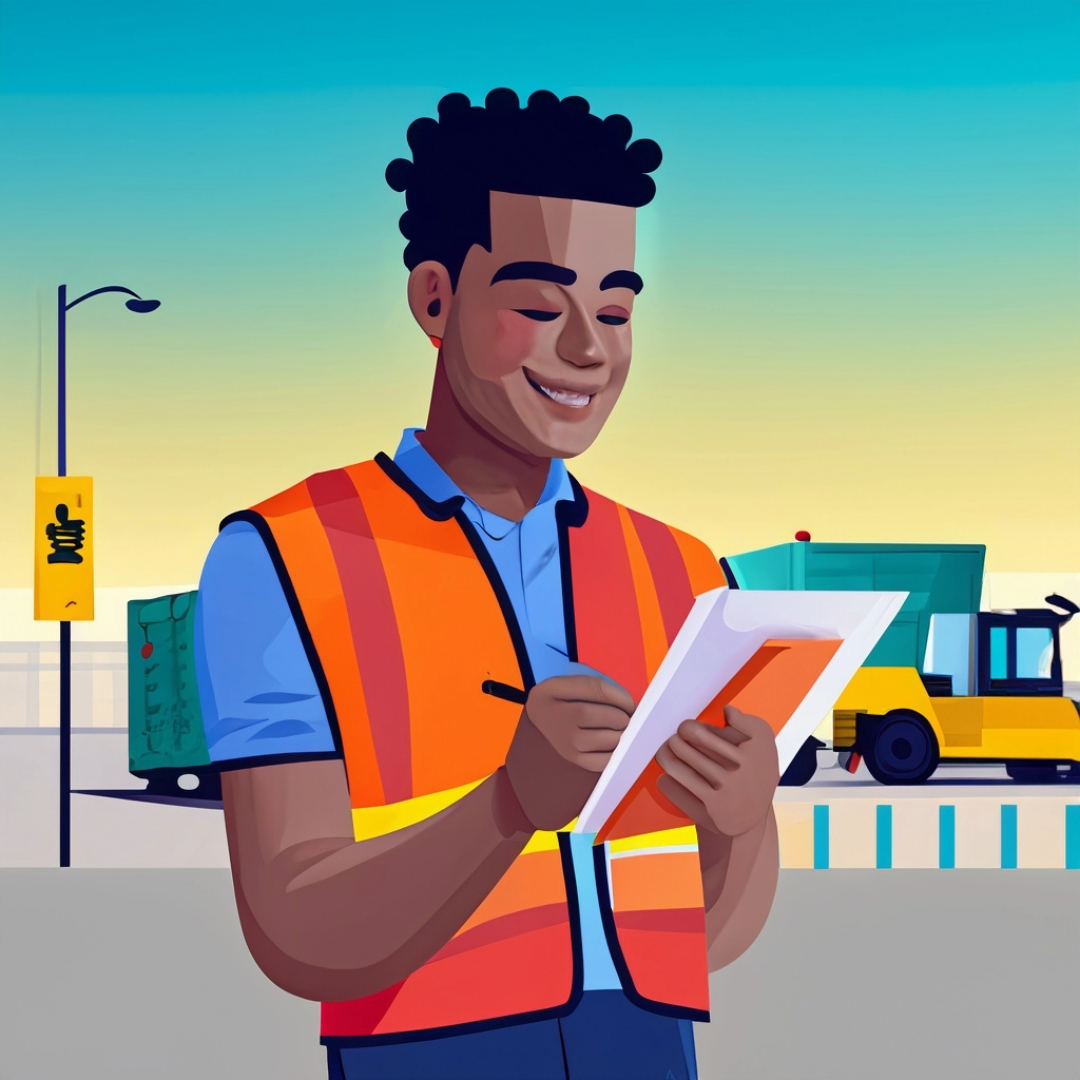


Renting a dumpster can be a straightforward process, but when it comes to placing it on a public roadway, things can get a bit tricky due to Department of Transportation (DOT) regulations. Understanding these regulations is crucial to avoid potential fines and ensure that your project proceeds without disruptions. Whether you’re a homeowner embarking on a renovation project, a construction manager, or someone involved in a large-scale clean-up, this guide will help you navigate the complexities of DOT regulations. Most localities require a permit to place a dumpster on a public roadway or right-of-way. The process for obtaining a permit can typically be handled through the city or county’s public works or transportation department. You'll need to provide details such as the size of the dumpster, its location, and the duration it will be in place. Be prepared to apply for the permit well in advance of your project start date, as processing times can vary. Safety is a top priority when placing dumpsters on public property. DOT regulations often require the use of reflective markings and barriers around the dumpster to enhance visibility and prevent accidents. This might include cones, barricades, and reflective tape or signs. Ensuring that the dumpster does not obstruct traffic visibility or interfere with pedestrian pathways is also crucial. There are strict limits on the size and weight of dumpsters allowed on public roadways. These regulations ensure that the dumpsters do not damage road surfaces or create hazards for vehicles. Exceeding these limits can result in hefty fines and the requirement to remove or replace the dumpster. Check with local authorities to confirm size and weight restrictions in your area. The placement of the dumpster should comply with several guidelines to minimize its impact on traffic flow and public safety. For example, you must maintain a clear line of sight for drivers and should not place dumpsters near curves, hills, or busy intersections. Additionally, some areas may restrict the length of time a dumpster can remain on a public street, particularly in high-traffic areas. To ensure that you comply with all relevant DOT regulations and to simplify the process, consider the following tips: - Contact Local Authorities Early: Engage with your local DOT or public works department early in the planning process. They can provide valuable guidance and information about specific requirements and restrictions. - Hire Reputable Dumpster Rental Companies: Work with reputable dumpster rental companies that are familiar with local regulations and can provide the correct equipment and advice to ensure compliance. - Plan for Safety: Plan how you will secure the dumpster, considering the need for reflective markings, barriers, and other safety measures. - Consider the Community: Keep neighbors informed about your project, especially if the dumpster may affect parking or traffic. Transparent communication can prevent complaints and promote cooperation. Navigating DOT regulations for dumpster rentals doesn't have to be a daunting task. By understanding the essential requirements and planning accordingly, you can ensure that your dumpster placement is legal, safe, and minimally disruptive. Always remember that these regulations are in place to protect both the public and the integrity of public infrastructure, so compliance is not only a legal obligation but also a civic responsibility.Permits
Safety Requirements
Size and Weight Limits
Placement Rules
Tips for Ensuring Compliance
Conclusion

Recent Posts